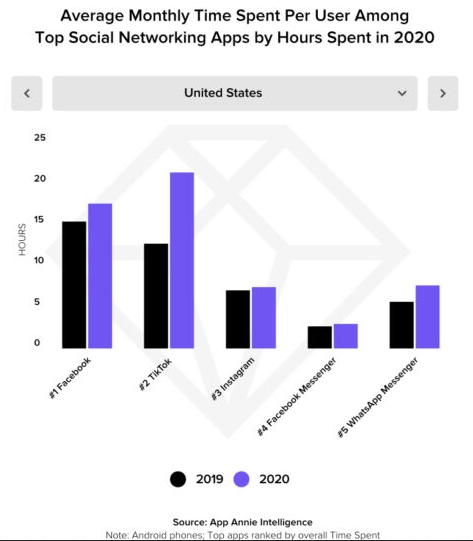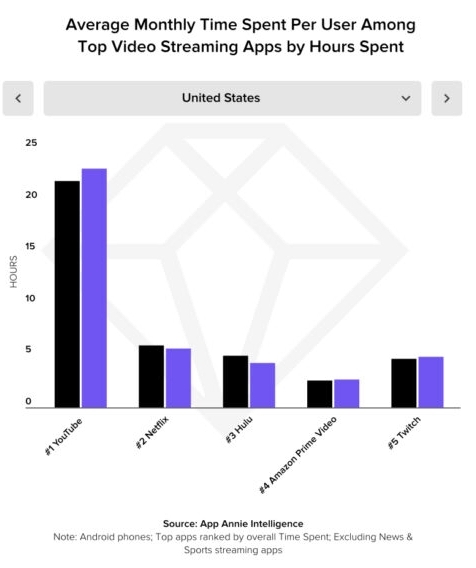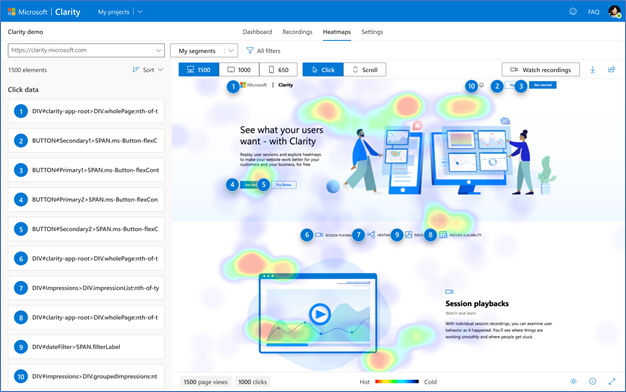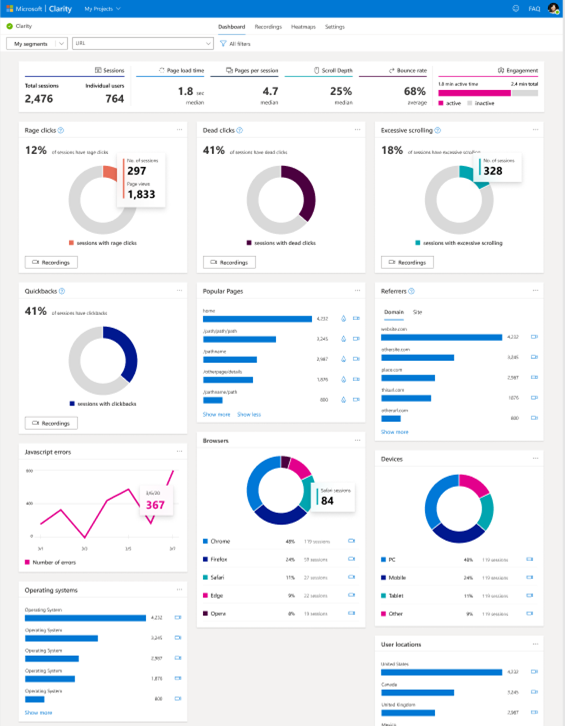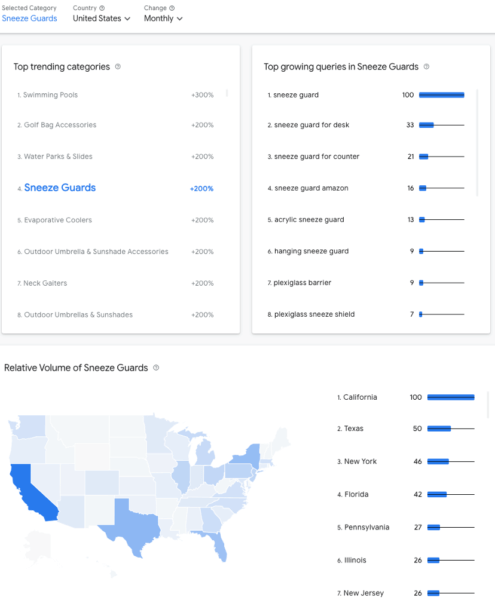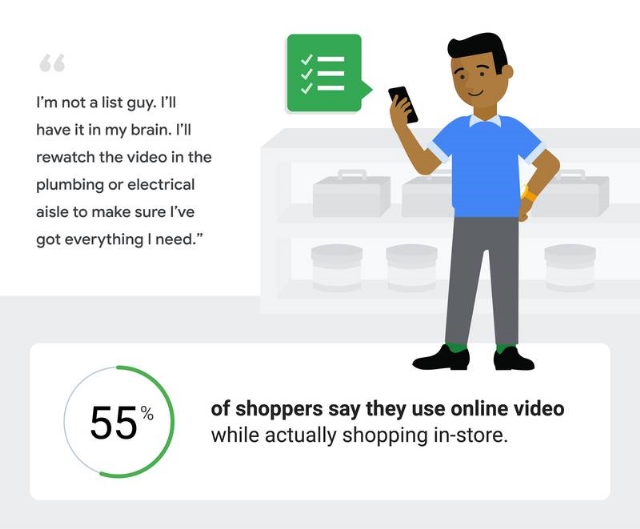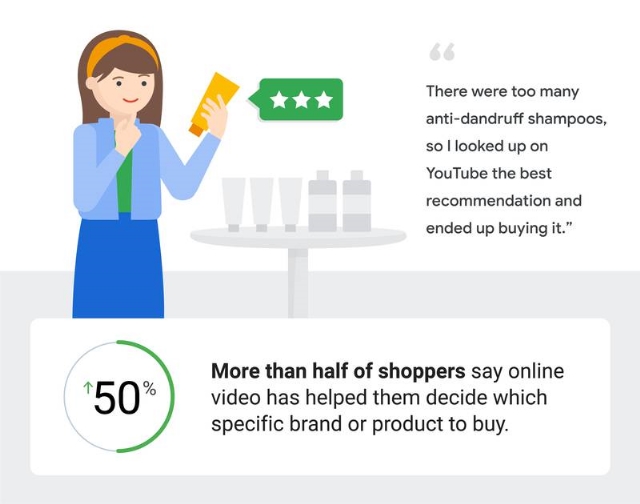Getting your customers to share user-generated content like pictures with your products may be an unexpectedly powerful tool in swaying over other shoppers.
A new report from eMarketer claims that 62% of consumers are strongly influenced by user-generated content, including being more likely to buy after seeing pictures of a product shared by other shoppers.
The survey included consumers from around the globe, including in the US, Canada, France, Germany, and the UK.
Why Shoppers Like Customer Photos and Videos
When asked why shoppers responded so strongly to user-generated content like customer photos, the surveyed consumers said:
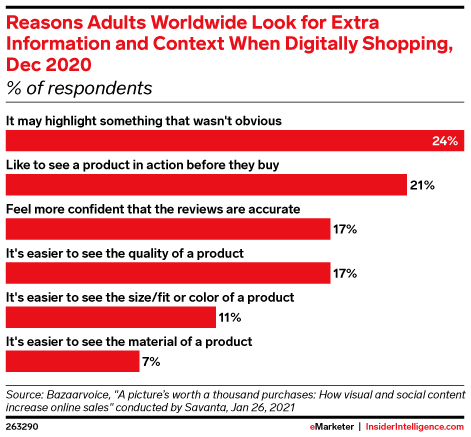
- It may highlight something that wasn’t obvious (24%)
- Like to see a product in action before they buy (21%)
- Feel more confident that the reviews are accurate (17%)
- It’s easier to see the quality of a product (17%)
- It’s easier to see the size/fit or color of a product (11%)
- It’s easier to see the material of a product (7%)
Unsurprisingly, social media is largely where shoppers are finding this type of content. The survey says more than a quarter of respondents pointed to Facebook as the best place to find customer photos or videos, followed by Instagram, YouTube, Pinterest, TikTok, and Snapchat.
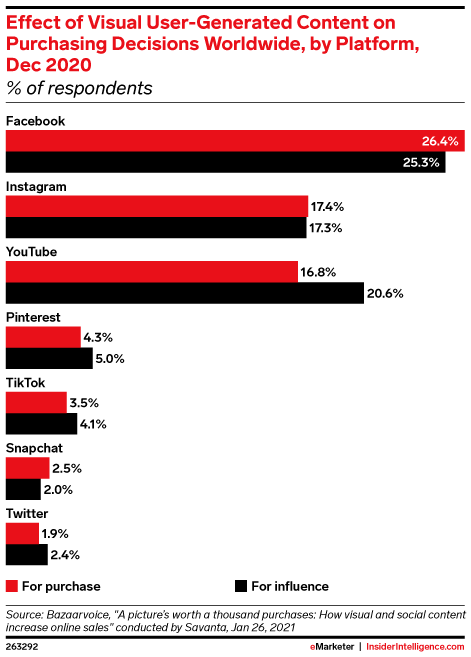
With all this in mind, eMarketer principal analyst Jeremy Goldman believes user-generated content will only grow in importance for brands.
“Consumers are less trusting of the mainstream media and slick corporate marketing, turning instead to user-generated content and influencers to find their own truth.
“Why would brands spend more time and money on large-scale productions when this option exists, particularly in a world where content must be created and shifted quickly?”
Although the report largely identifies social networks as the key place for user-generated content, it is worth noting that many online retailers are also allowing customers to upload images with products directly in their reviews. By doing this, other shoppers can find this type of information without ever having to leave the page to buy your products.

